As an organization that runs on EOS, we are big believers in creating vision, traction, and alignment in growth focused organizations. If you are not familiar with EOS, the Entrepreneurial Operating System, it is an operational framework based on a set of concepts and tools that help companies clarify, simply, and achieve their vision. EOS has been widely adopted as a way to improve a business’s operations and deliver better results.
EOS is based upon six key components: vision, people, data, issues, process, and traction. If an organization incorporates all six components, they will have a better handle on their business, gain predictability, and, in turn, have the necessary momentum to grow their business.
When aligning a digital marketing strategy with EOS, many times this strategy can be short sighted. Whether new to EOS or considering its implementation, here are 3 things you should consider to supercharge your EOS strategy:
1. Understand and Map the Buyers Journey
You and your team members will be fish out of water if you do not define the journey a prospect takes to find you and become a client. In our experience, marketing will take on the responsibility or at least assist with the development of your ideal buyer profile, personas, and the journey.
The best place to begin mapping out the buyer’s journey is with your best clients. Look to your promoters for important insights as they will be willing to provide a tremendous amount of insight into the how and why behind becoming your client. When was the last time you bought something similar to your service or product? Was that a good or bad experience? Why? How did they make the decision? What was the decision-making process like? How did you evaluate different offers? What were the decisive factors?
2. Marketing Scorecard
When you are creating your marketing scorecard, you will be tempted to track a large quantity of metrics. We suggest starting with a small number and building upon that foundation over time. Start with these 5 weekly marketing metrics to your scorecard:
- Total Sessions: The number of visits your site has—including both new and returning visitors. A session refers to the number of pages viewed in a 30-minute period.
- Organic Sessions: The number of new visitors that result from an organic search based on a particular keyword or set of keywords.
- New Conversions: A visitor that completes a purchase or fills out a form.
- Bounce Rate: The percentage of visitors that only view one page of your site and then bounce out. The optimal rate is between 26% and 40%.
- MQLs (Marketing Qualified Leads): Criteria for an MQL can be a visitor that completed a form on your website based on an organic search, downloaded content and CTAs that were clicked.
When creating your marketing scorecard, establish goals that will challenge you, but are achievable. We subscribe to the SMART goal methodology as a way of creating a goal framework.
3. Messaging and Your Brand Story
Companies that are using EOS have created their core values, core focus, and three “uniques.” While these are critical components to a successful EOS launch, they can sometimes be mistaken for being the basis for a company’s brand story. The problem with this strategy is that it puts the company at the center of the story instead of the client.
Meaningful messaging resonates with the customer by putting them at the center of the story. When you talk about your core values, weave your story around how those core values will positively impact the customer and how it will help them achieve their goals and overcome their challenges. The same goes for your core focus and three uniques. Doing this creates a powerful brand story that is meaningful, unique, and authentic to both you and the value you deliver.
Amplify Your EOS Marketing Strategy
Whether you are self-implementing or using an EOS implementer, it’s important to get your marketing strategy off on the right foot; which can feel daunting. Sharp Wilkinson is uniquely designed to help companies take their EOS marketing strategy to the next level.
![20250616_SPW_SEOSmallBizGuideCTA • Sharp Wilkinson Boost Your Online Visibility! Unlock the secrets to a top-ranking website with our FREE SEO Guide for Small Businesses. [Download Your Guide Now!]](https://sharpwilkinson.com/wp-content/uploads/2025/06/20250616_SPW_SEOSmallBizGuideCTA-1024x512.png)





